Top 5 Strawberry Plant Mimics: Plants That Look Like Strawberries
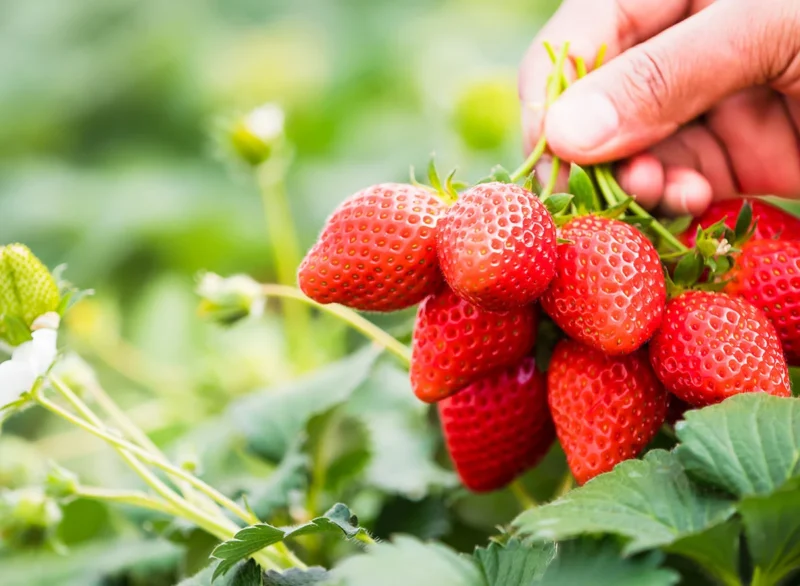
This article will explore the fascinating world of plants that look like strawberries. We’ll look at their unique characteristics, such as white flowers and toothed leaves, and how they grow in the wild and your backyard. We’ll also discuss how you can distinguish these plants from real strawberries, along with their common names.
Some of these are almost identical; you may not be able to tell the difference without a second look.
Mock Strawberries (Duchesnea Indica): The Strawberry Doppelganger
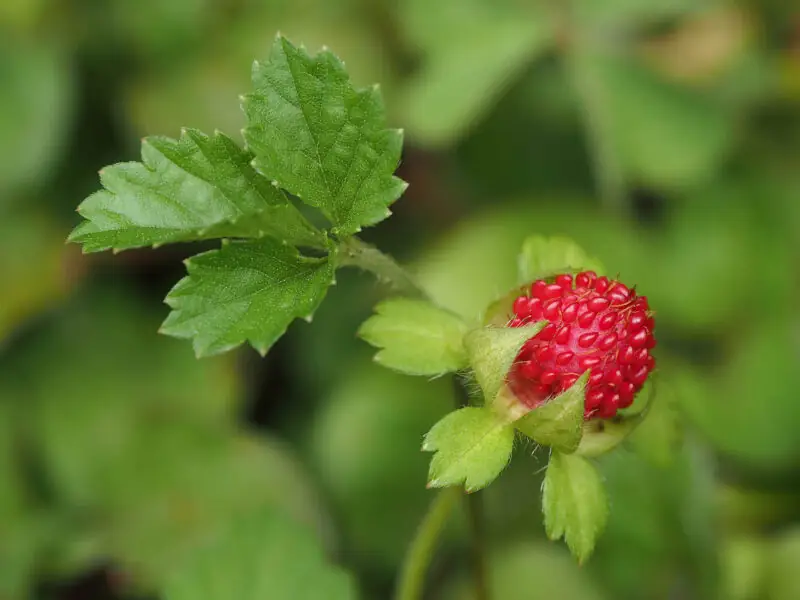
The first on our list is Duchesnea Indica, also called mock strawberry or Potentilla indica. This plant is a master of disguise, with its trifoliate leaves and red berries closely resembling cultivated strawberries. They have dark green leaves with sporadically spread-out yellow spots on the surface.
However, the catch is in the taste. The mock strawberry fruit, though not poisonous, is disappointingly bland, lacking the sweetness of real strawberries. Interestingly, this plant is often spread by runners, they can creep across your lawn without you noticing.
Unlike the white or pink blossoms of real backward strawberries, these potentially invasive plants also differentiate themselves by sporting yellow flowers. They belong to the Rosaceae family and are found in many parts of the world. Despite their deceptive appearance, they are used for medicinal purposes in some cultures, proving that appearances can indeed be deceiving.
The Deceptive Strawberry Weed, Also Called Cinquefoil
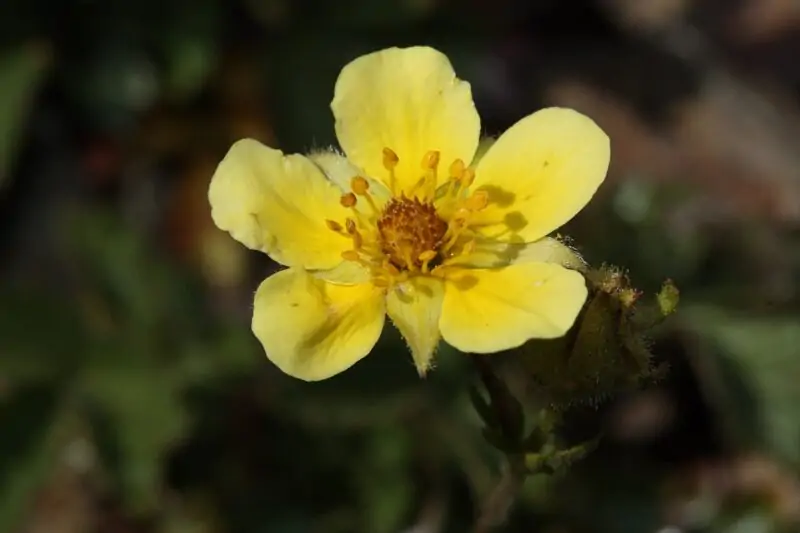
Next up is cinquefoil, another plant that can be mistaken for the real thing. It belongs to the same family and has similar leaves. However, it blooms yellow flowers and doesn’t bear fruit that’s sweet and juicy like the real thing. Common cinquefoil, or Potentilla norvegica, is often found in the wild. The bright yellow color of the flowers should be a dead giveaway to even the most casual observers.
Fragaria Vesca: Wild Strawberries Mimicking Their Cultivated Counterparts
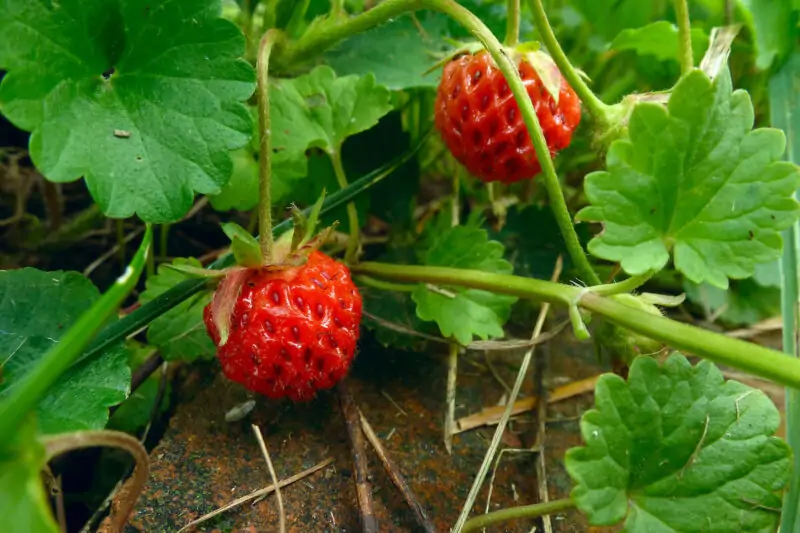
Fragaria vesca, or wild strawberries, can be confused with garden strawberries because they are almost identical. The plant may fool most people who don’t know how to tell wood strawberries apart from what we see in the supermarket.
They produce small, sweet berries that are a real treat if you can find them. But, there are some differences between them and their cultivated counterparts. Wild ones are found worldwide, often in wild areas, not in gardens or farms. Their flowers are white with yellow centers. Although their berries are smaller, many people say they prefer them over the common strawberry.
The Edible Yet Non-Strawberry Plant: Mallow
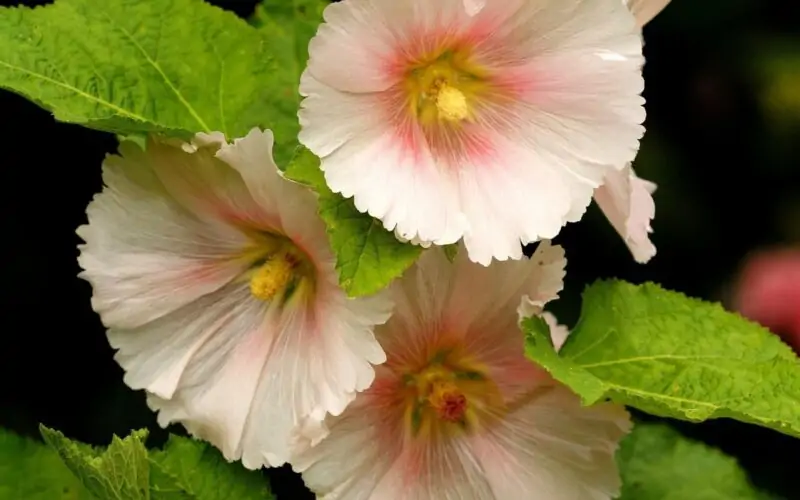
Mallow is an interesting one. It doesn’t bear fruit, but its leaves can be deceiving. You can eat these leaves in salads or other dishes. Mallow is not fully evergreen, returning yearly, and can have pink, white, or purple flowers. Even though it doesn’t give you sweet berries, it is still quite tasty. The beautiful and fragile plants make it a great addition to any garden.
Rubus Rosifolius: The Thorny Impersonator
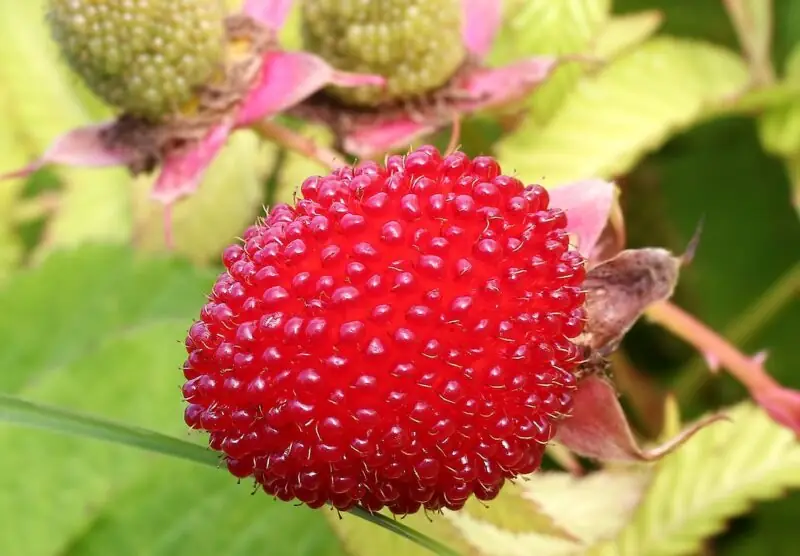
Rubus Rosifolius, or “roseleaf raspberry”, is a different kind of plant from the rose family. Its leaves look similar to strawberry leaves, but it has thorny stems. The fruits of Rubus Rosifolius look like a mix between a raspberry and a strawberry, with a watery sheen on top and a bumpy and hairy texture. They are edible and have been described as having a unique, slightly sweet taste. However, foragers recommend avoiding injuring yourself because of its serrate textured thorns.
FAQs for Plants That Look Like Strawberries
While some plants that resemble strawberries are edible, not all are. For instance, while wild strawberries are safe to consume, mock strawberries, despite not being poisonous, are bland and not typically used for consumption. It’s crucial to identify plants correctly before attempting to eat them.
One clear difference is the taste, with real strawberries being sweet and mock strawberries being notably bland. Moreover, mock strawberry flowers are yellow. In contrast, the real strawberry plant produces white flowers or even pink flowers.
Yes, wild strawberries are not only safe to consume but are also quite flavorful. However, as with any wild plant, they should be thoroughly washed before consumption to ensure they are free from dirt and other potential contaminants.
Some plants develop leaves resembling strawberry plants due to evolutionary factors. This could be a form of adaptive mimicry, where the plant benefits from being mistaken for a different plant species.
While not all strawberry lookalikes are edible, some have uses in other areas. For example, the leaves of the mallow plant can be consumed and are often used in salads. Similarly, mock strawberries have been used for medicinal purposes in some cultures.
Conclusion
In the vast world of plants, there are many plants that look like strawberries. Some break such a striking resemblance that most people would never notice without a careful second look. While some plants provide edible fruit, others are appreciated for their aesthetic appeal or medicinal value.
Correct identification is always key when dealing with plants, especially those that closely mimic others. This exploration into the world of strawberry lookalikes offers a fascinating glimpse into the diversity and adaptability of the plant kingdom.